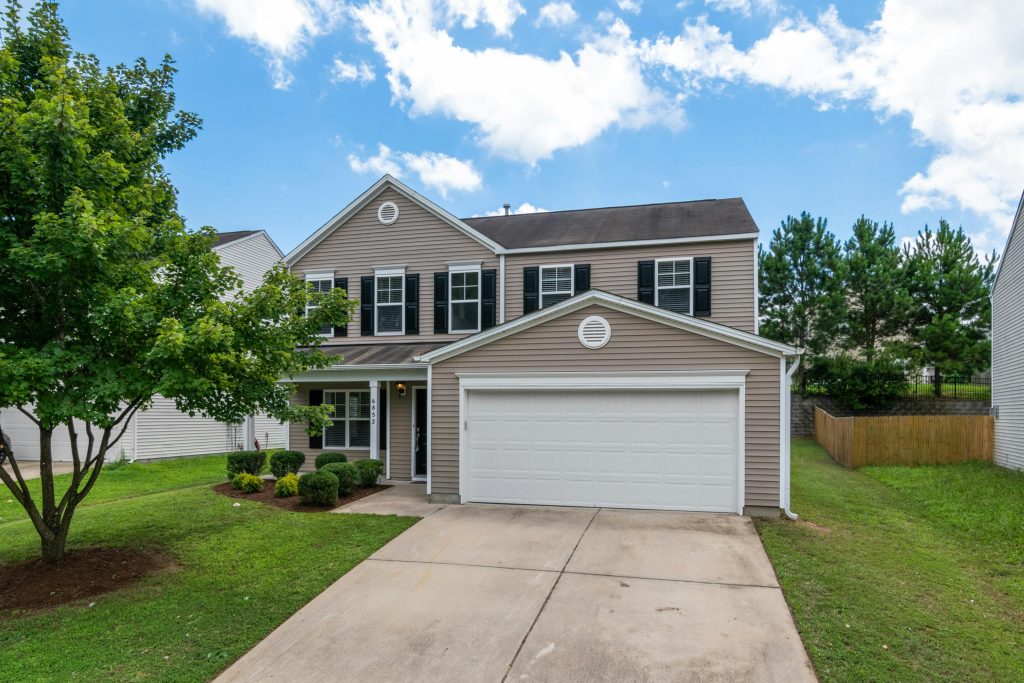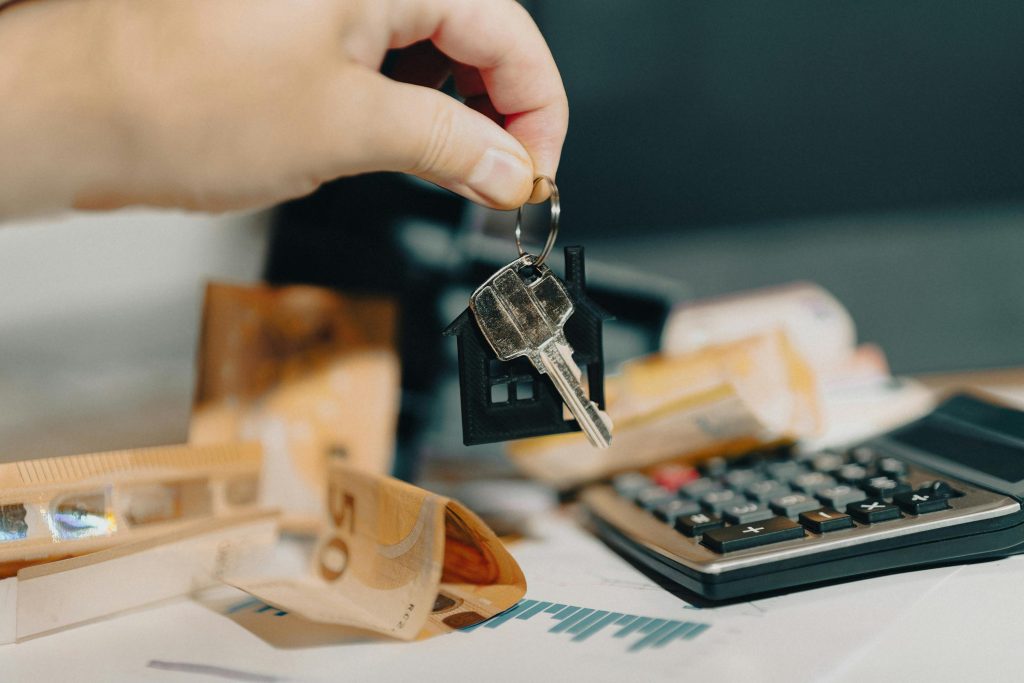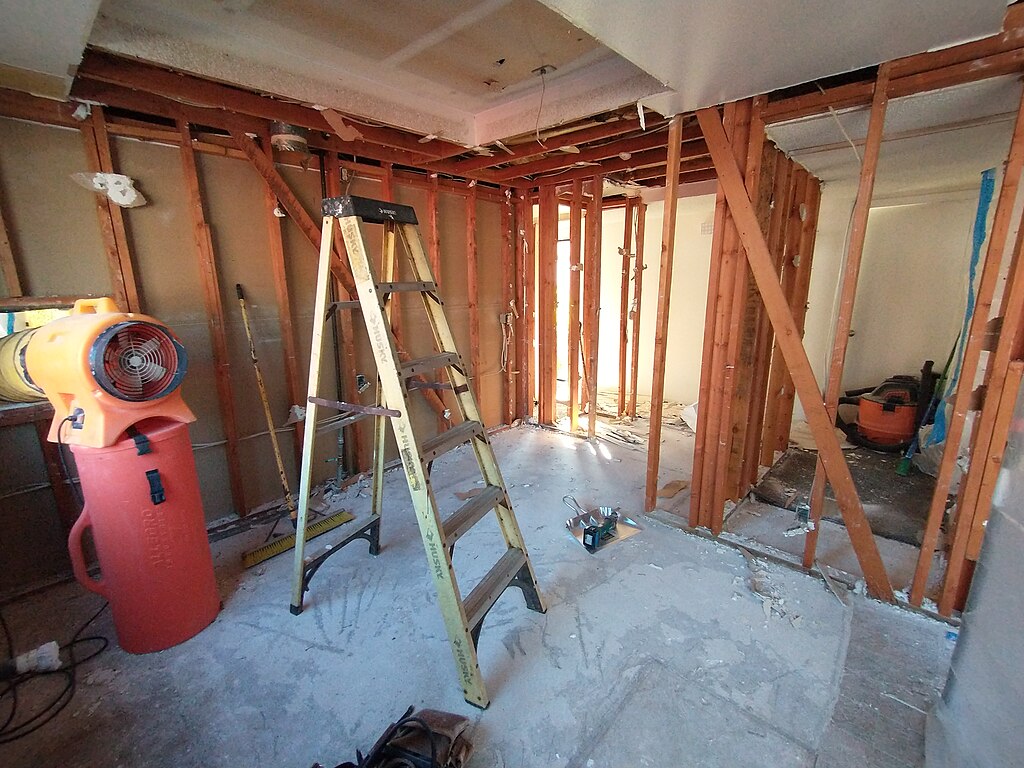Got an easement on your property, like a neighbour’s right of way or a utility company’s access? It can feel like a right pain, especially if you’re itching to sell, build, or just take back full control of your land.
The good news?
You can sometimes remove an easement, but it’s not always straightforward. The process hinges on the type of easement and how it was set up.
In this guide, I’ll walk you through the key ways to challenge or remove an easement in England and Wales, from striking a deal with your neighbour to taking it to the Upper Tribunal.
We’ll also cover when removal is doable, when it’s a non-starter, and what to do if you’re selling a property with a pesky easement.
Let’s dive in.
What Counts as an Easement?
An easement is a legal right allowing someone to use part of your land for a specific purpose.
Think of it as a permission that’s tied to the land itself, not to you as the owner.
Under English common law and statutes like the Law of Property Act 1925, easements must meet four criteria: there must be a dominant (benefiting) and servient (burdened) tenement, the right must benefit the dominant land, the lands must be separate or capable of being separate, and the right must be capable of forming a legal grant.
Common examples include:
- Rights of way: Your neighbour strolls across your garden to reach their back gate.
- Drainage: A shared sewer pipe runs under your land.
- Support: Your terraced house relies on the next-door property for structural support.
- Light: A nearby structure has the right to block daylight to your property (tricky to remove, by the way).
- Parking: Someone has a legal right to park on your drive.
- Utility: a company has the right to have something in your property like a telegraph pole, or transformer
Legal Types of Easements
Easements come in a few flavours, and knowing which one you’re dealing with is half the battle:
- Express easements: Written into a deed or contract, like when your property was sold. These are usually crystal-clear and registered with the Land Registry.
- Implied easements: Not written down but assumed due to circumstances, like when a land split leaves no other access route.
- Prescriptive easements: Gained through long, continuous use (typically 20 years) without permission or objection, under the Prescription Act 1832.
- Easements by necessity: Created when there’s no other way to access a property, like a landlocked plot.
- Easements by proprietary estoppel: Rare, but these arise when someone relies on a promise about land use, and it’d be unfair to go back on it.
Can an Easement Be Removed?
Key Legal Principle
An easement is a proper legal interest in land, meaning it sticks with the property even if you sell up. It’s not personal to you or your neighbour. It just comes with the land. Removing it requires a formal legal process, and you can’t just wish it away.
When Is Removal Possible?
You might be able to ditch an easement if:
- It’s been unused for donkey’s years (20+ years, typically) and there’s clear evidence the holder meant to abandon it.
- The removal of the easement will not cause problems for the dominant (beneficiary)
- It’s no longer needed (e.g., a right of way is redundant because a new road exists).
- You and the easement holder both agree to a formal release via a deed.
- The easement’s causing a serious headache for your reasonable use of the land.
- The dominant and servient lands end up owned by the same person.
Common Methods to Remove or Challenge an Easement
Here’s your toolkit for tackling an easement. Each method has its quirks, so pick the one that fits your situation.
1. Express Release by Deed
The simplest way? Get the person who benefits from the easement (the dominant owner) to agree to let it go. This needs to be formalised with a deed of release or extinguishment, signed by both parties.
You’ll likely need a solicitor to draft this, and it must be registered with the Land Registry to update the title. Pro tip: Sweeten the deal with a one-off payment if they’re hesitant.
2. Merger of Ownership
If you manage to buy the land that benefits from the easement (the dominant tenement), the easement can vanish. Why? Because you can’t have an easement over your own land.
Once the titles merge the easement is history. This is rare but handy if you’re already eyeing up the neighbouring plot.
3. Abandonment
Proving abandonment is a tough nut to crack. You need to show the dominant owner has clearly given up the right, not just stopped using it.
Non-use for 20 years might help, but you’ll need evidence of their intent to abandon, like them building a new access route. Courts are strict here, so don’t bank on this one without solid proof.
4. Substantial Interference
If the easement is making your life miserable (say, a right of way blocks your extension plans), you can apply to the courts to modify or discharge it under Section 84 of the Law of Property Act 1925.
This usually applies to restrictive covenants, but in rare cases, it can cover easements. You’ll need to show the easement is obsolete or seriously hampers your reasonable use of the land without harming the dominant owner. Have a chat with a property solicitor and get advice on whether you can use this in your unique case.
5. Modification or Removal via Upper Tribunal (Lands Chamber)
The Upper Tribunal (Lands Chamber) can modify or discharge certain easements under Section 84. You’ll need to prove one of these:
- The easement is obsolete due to changes in the area or property use.
- It prevents reasonable use of your land (e.g., stops a development).
- The dominant owner won’t lose out significantly if it’s removed.
- They agree to the change (unlikely, but possible).
This process is complex, so get a solicitor on board. Check out the GOV.UK Upper Tribunal guidance for more details.
Selling a Property With an Easement: What You Need to Know
Impact on Saleability
Easements can put a dent in your property’s value or appeal. A right of way across your garden might spook buyers who want privacy. Utility easements, like a water company’s access to pipes, are less of a deal-breaker but still need disclosing. Some buyers will worry about their garden suddenly being dug up.
Full transparency during conveyancing is a must. Buyers solicitors will spot written easements in searches easily.
When Buyers Might Be Put Off
Buyers might get cold feet if:
- The easement isn’t registered, making it seem dodgy or unclear.
- Boundaries are vague, leading to disputes over where the right applies.
- The easement feels invasive, like a pole in your front garden.
Your Options
If you’re selling with an easement, you’ve got a few paths:
- Negotiate a release before listing: Approach the dominant owner and offer to buy out the easement. It could boost your sale price. Get the agreement reflected in the deed.
- Have the easement removed by tribunal before selling
- If its an unregistered easement, and it has not been in use for a full 20 years, you can just discourage access and issue trespassing warnings to people entering your land until they stop using it, and then sell. Speak to a solicitor first though to avoid infringing on someone’s genuine easement rights.
- Sell to a cash buyer: Companies like Property Rescue buy properties fast, easement or no easement, sparing you the hassle of negotiations.
What Happens If the Easement Is Disputed?
Legal Disputes and Litigation
Disputes over easements, like a neighbour insisting on a right of way you don’t think exists, can get messy. Start with mediation to keep things civil and costs down. If that fails, court action might be your only option, but it’s pricey and risky.
You’ll need to prove your case, whether it’s abandonment or interference. Get legal advice early from a solicitor specialising in property law, like those listed on the Law Society website.
Risk of Easement Being Prescriptive
If someone’s been using your land without permission for 20 years or more (e.g., a shortcut across your field), they might claim a prescriptive easement under the Prescription Act 1832.
To stop this, you need to interrupt their use—think signs saying “Private Property” or a polite letter objecting to their access. Act fast, or they could gain a legal right.
What if the Easement Is Not Registered?
Unregistered easements can still be valid as overriding interests under the Land Registration Act 2002, especially if they’re obvious or in active use (e.g., a visible path). These don’t always show up on the Land Registry but can bind buyers. To protect yourself:
- Check your title deeds and Land Registry records via GOV.UK Land Registry services.
- Ask your solicitor to make a protective application, like a notice or restriction, to clarify the easement’s status.
- If you’re selling, disclose unregistered easements to avoid legal headaches later.
Practical Steps to Start the Process
Ready to tackle that easement? Here’s a step-by-step plan to get you going:
- Identify the easement: Check your title deeds or Land Registry documents to confirm its type and scope.
- Talk to the dominant owner: Approach them informally to gauge if they’d agree to a release. A friendly chat over a cuppa can work wonders.
- Get a solicitor involved: They’ll draft deeds or handle tribunal applications. Find one via the Law Society’s Find a Solicitor tool.
- Gather evidence: For abandonment or tribunal claims, collect proof like photos, witness statements, or records of non-use.
- Update the Land Registry: Once removed, ensure the title is updated to reflect the change, avoiding future disputes.
Costs and Timeframes
Removing an easement isn’t cheap or quick, so let’s break it down:
- Solicitor fees: Expect £500–£2,000 for drafting deeds or basic advice. Tribunal cases can run £5,000–£20,000 if contested.
- Land Registry fees: Updating titles costs £20–£140, depending on the property’s value (see GOV.UK fee calculator).
- Timeframes: A simple deed of release might take 1–3 months. Tribunal or court cases can drag on for 6–18 months, especially if disputed.
Weigh these costs against the benefits of removal, especially if you’re selling. A quick chat with a solicitor can help you decide if it’s worth the bother.
How to Sell with an Easement Quickly
If you’re selling and want to skip the hassle of dithering buyers who don’t like the easement, companies like Property Rescue can take the property off your hands, easement and all.
We’ll buy the property directly from you. We’re ready to make you an offer now.





